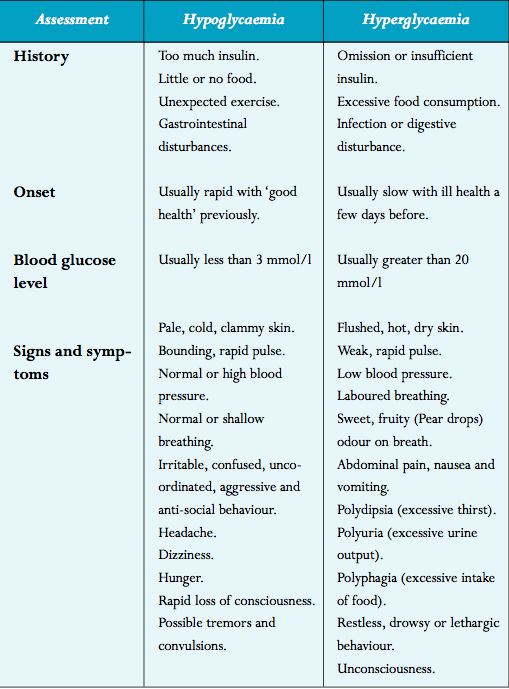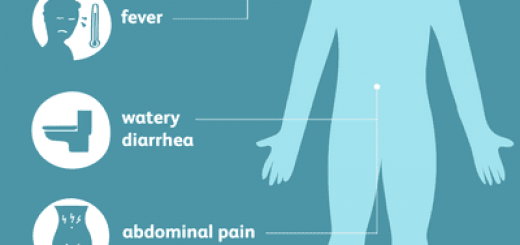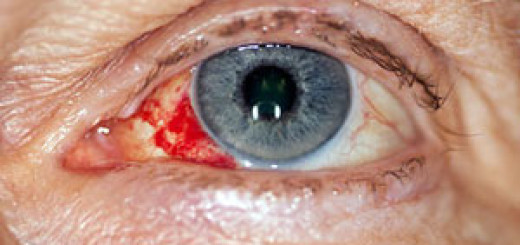Why is low blood sugar dangerous?
Diabetes occurs when the body does not produce enough insulin. Insulin is a hormone that breaks down the sugar that we digest, so that it can be used by the cells of the body or stored for later use. In summary, insulin reduces the amount of sugar in the bloodstream.
If diabetes goes untreated, the level of sugar in the blood will climb dangerously high over
several days depending on the severity of the condition.
There are 3 different types of diabetes, which are categorized by their method of treatment:
Diet Controlled: This patient still produces some insulin naturally, so can control the condition by reducing the amount of sugar that they eat.
Tablet Controlled: This patient still produces a small amount of insulin naturally, but needs to take tablets to help reduce the level of sugar in the blood, as well as diet control.
Insulin Dependent: This patient produces little or no insulin, and has to inject themselves with insulin in order to keep sugar levels under control.
Low blood sugar occurs mainly with diabetic patients who are insulin dependent, because
the level of insulin in the body is now a ‘fixed’ amount because it is injected.
Because the patient has injected this ‘fixed’ amount of insulin, they have to balance it with
the amount of food that they eat.
The blood sugar levels will fall low if:
- The patient does not eat enough food.
- The patient over exercises (burning off sugar).
- The patient injects too much insulin.
Why is low blood sugar so dangerous?
Unlike other cells in the body, the brain can only use glucose (sugar) as its source of energy. If the sugar in the blood becomes low, the brain cells are starved of energy.
The signs and symptoms of low blood sugar are as a result of the ‘hungry’ brain cells becoming disordered, and the release of adrenaline that the disorder in the brain causes.






